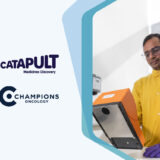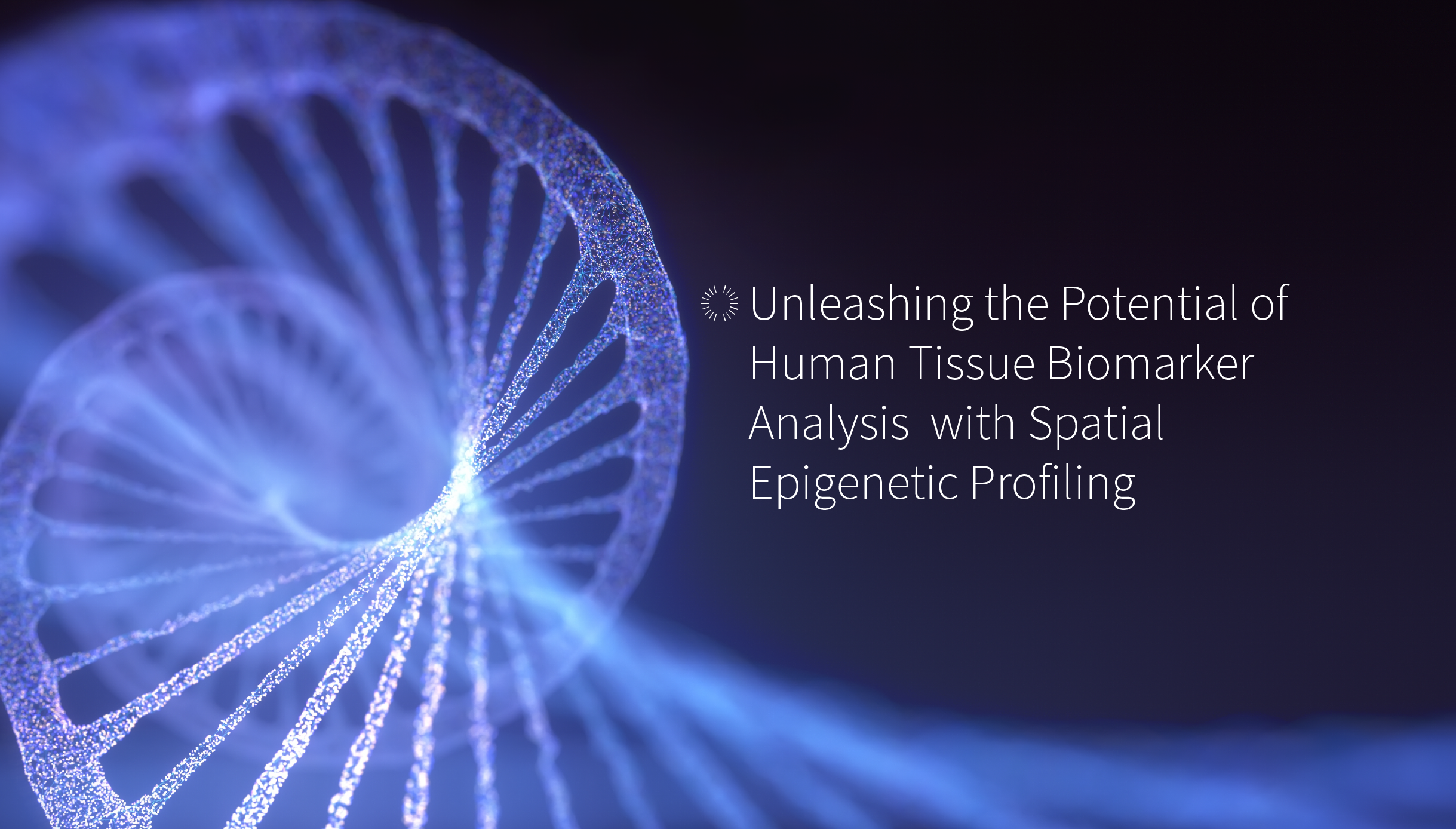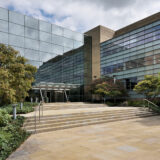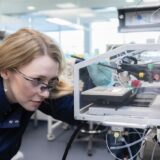What do you do when you’re not working at the Lighthouse Labs?
I’m a PhD student at the University of Liverpool, and an intern at Medicines Discovery Catapult.
How many years of scientific experience do you have?
4
What is your role in the Lighthouse Lab?
My role is to extract the viral RNA from the patient samples.
What is the key experience you bring to that role?
Organisation, multitasking and the ability to stay calm! Our station processes thousands of patient samples each shift so it’s important to be organised for the day, able to multitask and to stay calm when it’s really busy!
How is it different to your regular role?
My internship at catapult is heavily imaging based, so usually I am behind a microscope!
Why did you want to get involved?
I wanted to be able to help the testing process in any way I could! Everybody who is involved in the Lighthouse Lab has worked extremely hard to set up the testing centre, I wanted to show my support.
What does it mean to you to be involved?
It is amazing to be involved in such an important process. Every day is fast paced with a sense of teamwork and community from everyone involved and a sense of achievement as your shift finishes and you have processed thousands of patient samples.
What is it like working alongside a host of new colleagues from both industry and academia?
Everyday new people turn up to train and begin volunteering. I have met so many scientists from different universities, companies and places. Scientists are dedicating their spare time to volunteer in the testing centres, juggling their day jobs and home-schooling and other commitments. Its really rewarding to be involved!
What is the best thing about working in the Lighthouse Lab?
The positive atmosphere every day, it’s a pleasure to be part of the team!
“Every day is fast paced with a sense of teamwork and community from everyone involved and a sense of achievement as your shift finishes and you have processed thousands of patient samples.”



















































































































